Bamboo - Perspective of Indonesian Wisdom and Product Design Engineering
The exploration of bamboo material in industrial countries has led to various advanced treatments for bamboo, which mostly resulted in products similar to those made of plywood and composites. Bamboo regained its popularity in Indonesia as well.
Sources: Larasati, Ihsan, and Mawardi; Gernot; and Wordlesstech.Com
Indonesian Wisdom
Bamboo, a material indigenous to Indonesia, is known to have countless traditional functions after being treated and processed with traditional methods. These methods include natural preservation of harvested bamboo by immersing the poles in running water and mud, tying the poles together with ribbons of rattan skin to make structures, plaiting peeled bamboo strips to make walls, and so on. Therefore, the material bears the image of being “traditional”, and even “inferior”, instead of being considered as “advanced” or “potential”.
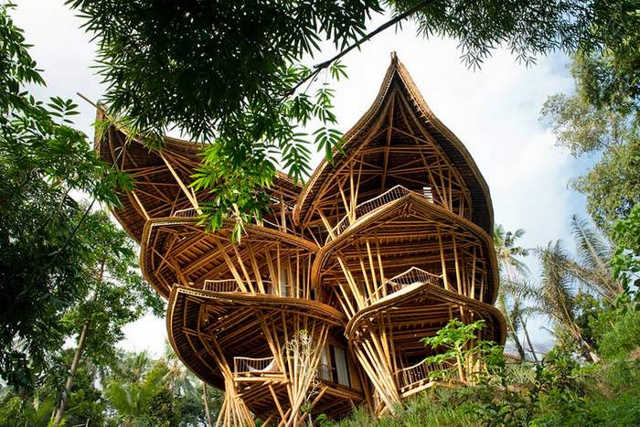
Product Design Engineering
Eventually, in the early 90s Indonesian academics and researchers started to explore bamboo for its material properties, due to the issues concerning the scarcity of timber and the phenomenal illegal logging, in order to find materials that can substitute or supplement wood. Bamboo started to get the attention as a potential material for such performance.
Product Design Engineering in Binus ASO School of Engineering (BASE) has a course, namely, Material Science that equips students with the skills to produce product with the great combination of designing product and expertise in Material Sciences.

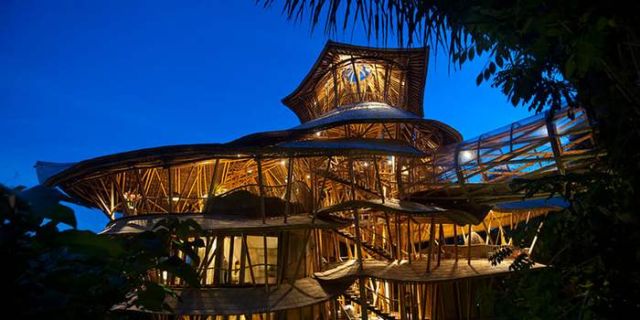
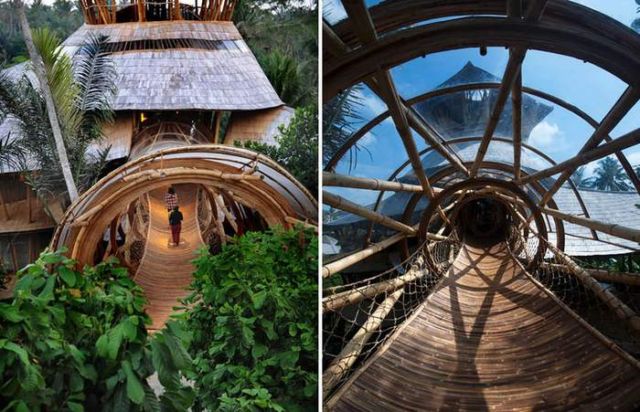
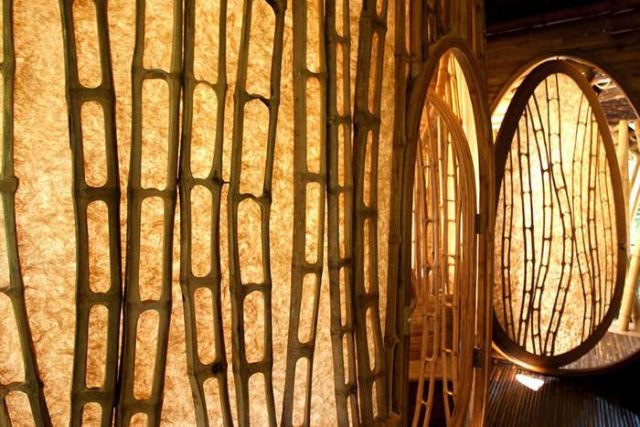
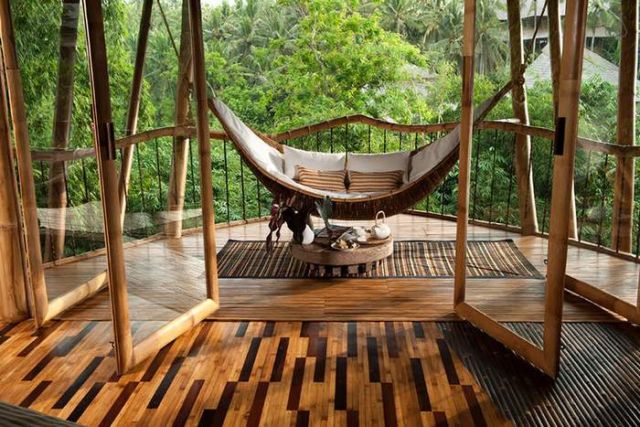
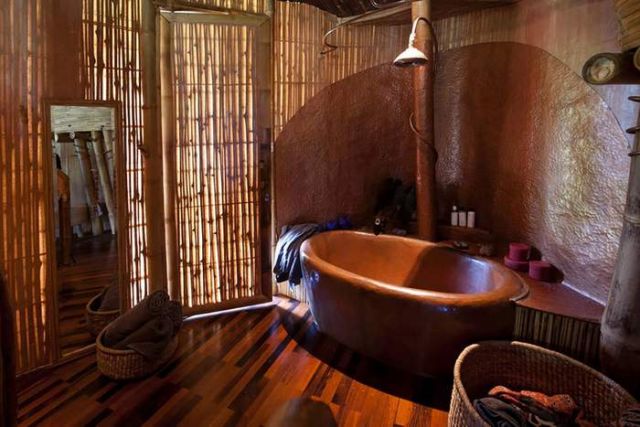
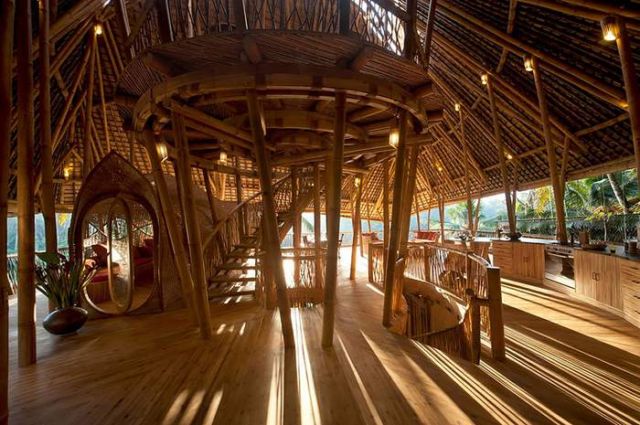
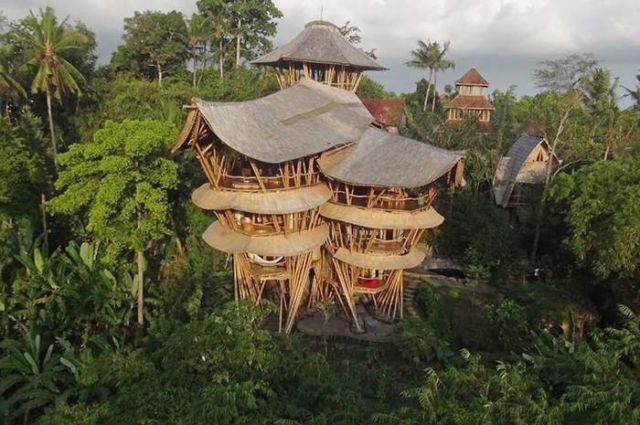
Comments :